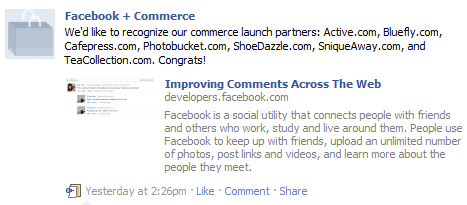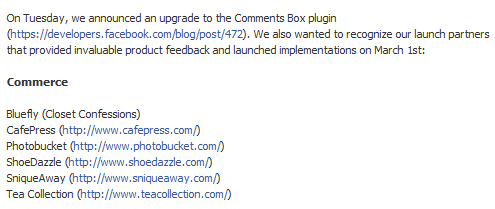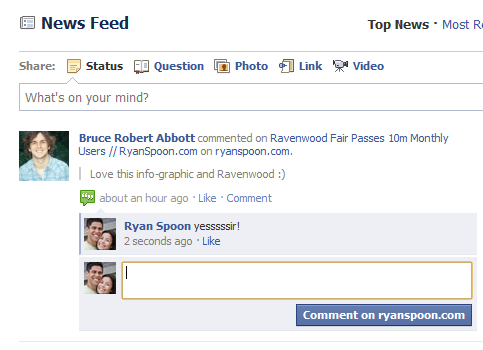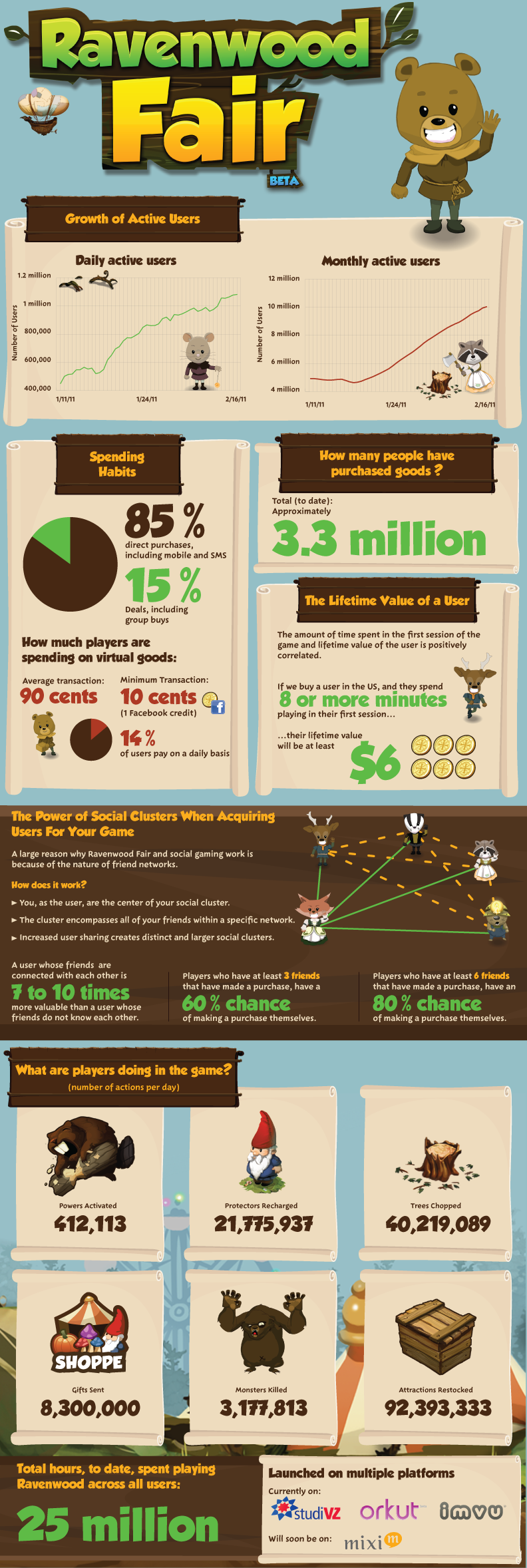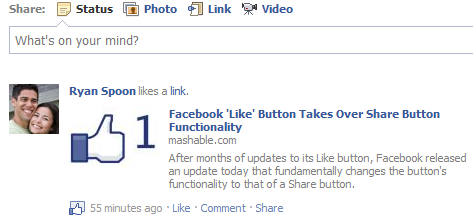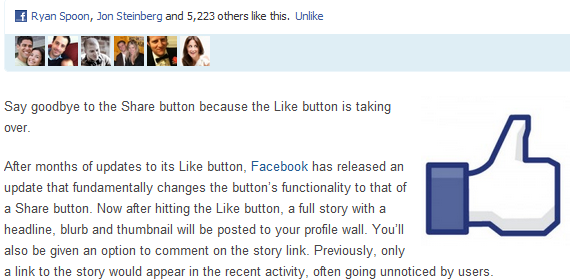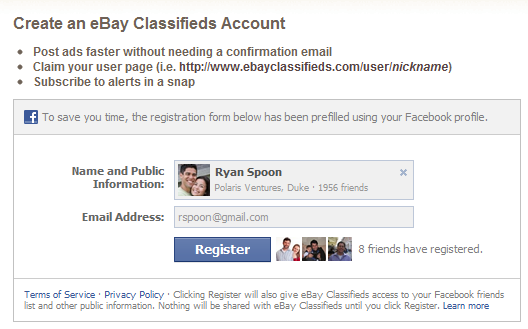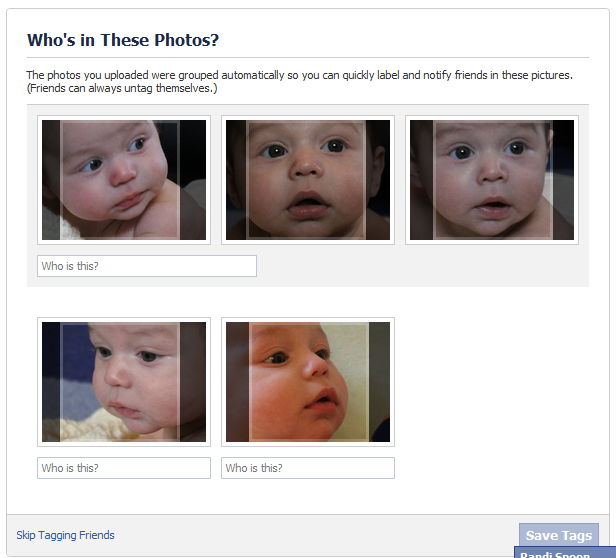I had the following post written and in the my blog's queue (which is how I usually write / blog).... and then something happened: Twitter and UberTwitter tussled.
And as it broke on Friday, there was a mixture of real-time commentary, news and updates from the companies themselves (namely Twitter / @Support and Bill Gross).
Whether in real-time or as a digest, Techmeme was the best way to follow. Why? Because Techmeme had figured out how to appropriately (and immediately) combine the different news sources and formats... most of which was blurred between news and tweets.

So below is my original, unpublished post (in italics) about Techmeme's effort to better include real-time discussion into the their algorithm (ie Twitter & Quora discussions). And while I was critical of a couple examples - I did expect that:
1) it was the right exercise and product direction
2) Techmeme would figure out the right balance and integration
... and yesterday's developments showed Techmeme's philosophy is right. It is an important direction for news and a balancing act that Techmeme (and others) will solve.
Original post on Techmeme's Twitter integration:
Techmeme has been making an increased effort to move beyond blog posts by integrating Twitter and Quora conversations. Conceptually it is attractive, but figuring out how to cohesively merge the different conversation types is quite difficult.
Techmeme will test their way into the right solution... and I give them credit for integrating Twitter beyond a side-bar widget (most attempts)... but I am not sure examples like this add value to the experience (other than getting to headlines very quickly):

